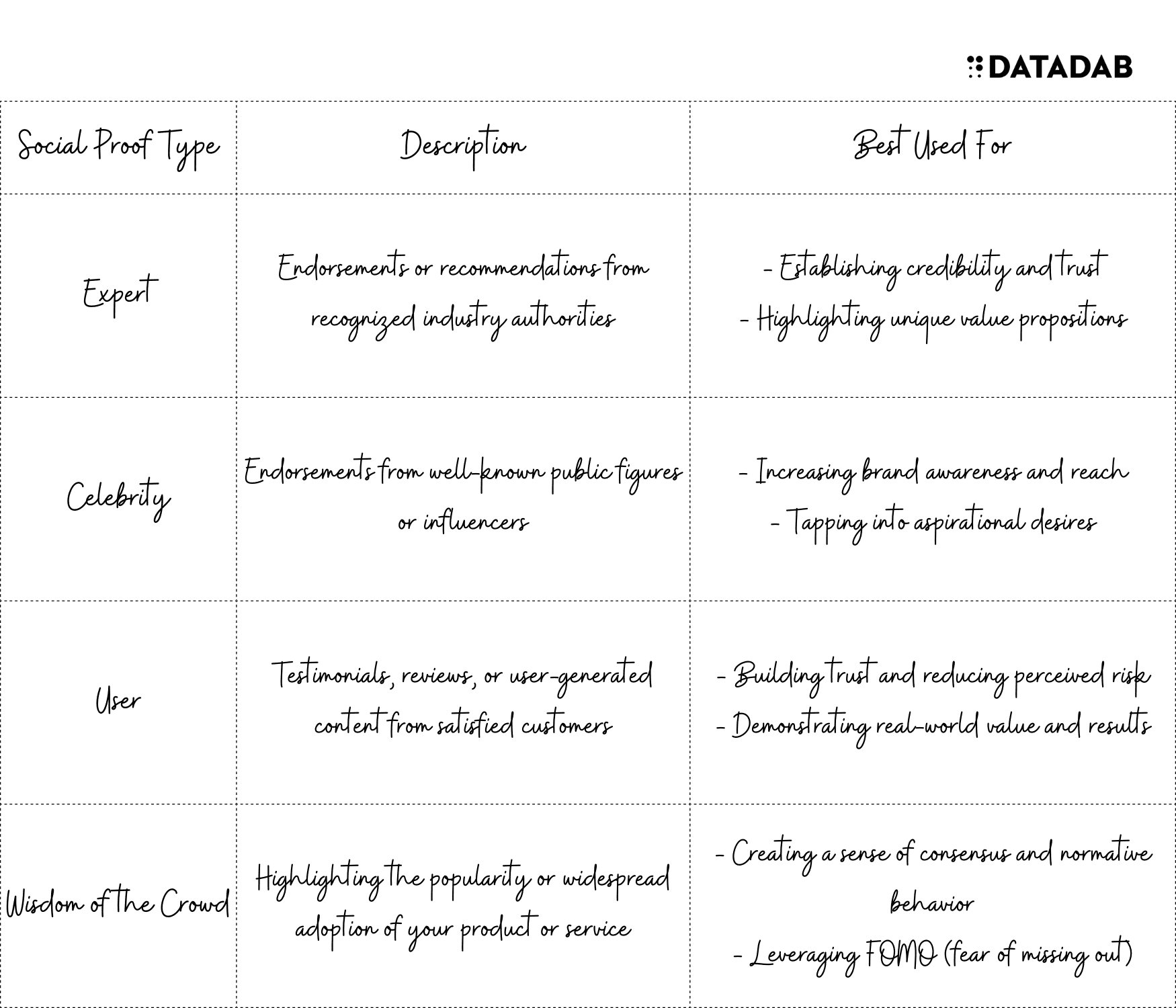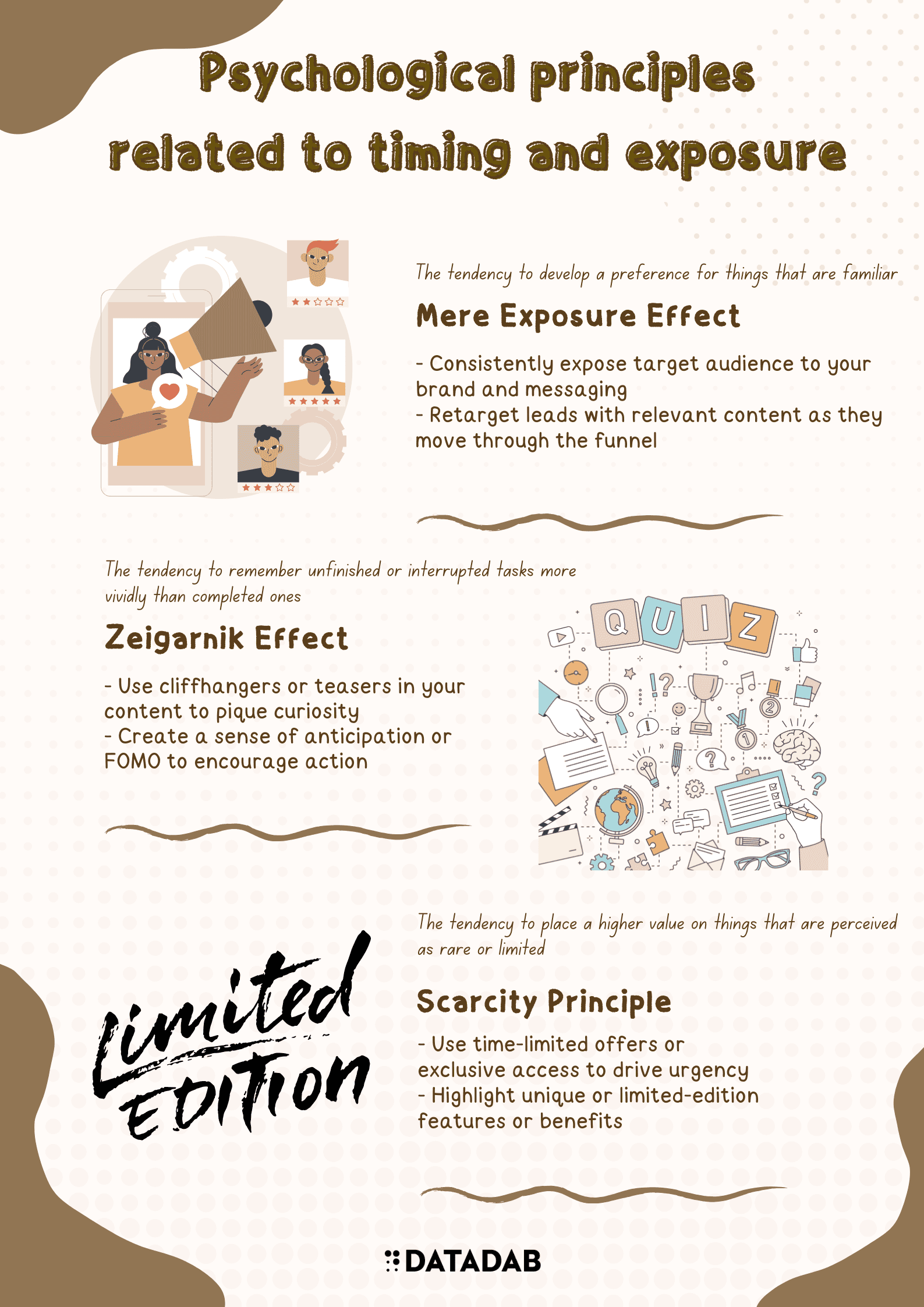I've been in this game for a long time now, and if there's one thing I've learned, it's that understanding what makes people tick is the secret sauce to creating campaigns that really connect. It's not just about demographics or surface-level stuff - to really get inside your customers' heads, you need to dig deep into the psychological factors and individual differences that shape their buying decisions.
Over the years, I've seen firsthand how this kind of nuanced understanding can be the difference between a campaign that falls flat and one that soars. So today, I want to share some of the key insights and tactics that have helped me and my team at our SaaS marketing agency achieve some pretty amazing results for our clients.

Moving Beyond Demographics
| Cognitive Bias | Description | Marketing Implications |
|---|---|---|
| Confirmation Bias | The tendency to seek out information that confirms pre-existing beliefs | - Align messaging with target audience's existing beliefs and values - Use social proof to reinforce the decision to buy |
| Anchoring Bias | The tendency to rely heavily on the first piece of information encountered | - Ensure the first impression of your brand is strong and positive - Highlight key benefits and differentiators early in the customer journey |
| Availability Heuristic | The tendency to overestimate the importance of information that is easily recalled | - Create memorable, emotionally resonant campaigns - Consistently reinforce key messages across multiple touchpoints |
Many marketers make the mistake of focusing solely on demographic factors like age, gender, and income level when trying to understand their target customers. While these broad categories can provide a starting point, they don't paint the full picture. To really get inside the minds of your buyers, you need to dig deeper into the psychological factors that drive their decision-making.
One powerful framework for understanding individual differences is the Big Five personality traits model. This breaks down personality into five key dimensions:
| Trait | Description |
|---|---|
| Openness | Curiosity, creativity, and preference for novelty |
| Conscientiousness | Organization, diligence, and attention to detail |
| Extroversion | Outgoingness, sociability, and assertiveness |
| Agreeableness | Cooperativeness, compassion, and politeness |
| Neuroticism | Tendency to experience negative emotions |
By considering where your target customers fall on each of these spectrums, you can tailor your marketing to resonate with their unique personality profiles. For example, when marketing to highly conscientious buyers, you'll want to emphasize details, planning, and reliability. Campaigns targeting more open-minded audiences, on the other hand, should focus on innovation and unconventional thinking.

The Role of Emotions
Another critical factor that influences buying choices is emotion. Studies have consistently shown that emotions play a much larger role in decision-making than most people realize, even in B2B contexts where purchases are often assumed to be purely rational.
| Emotion | Marketing Message |
|---|---|
| Frustration | "Say goodbye to [pain point] and hello to [solution]" |
| Excitement | "Unlock new possibilities with [product/service]" |
| Fear | "Protect your [asset] with [product/service]" |
| Pride | "Join the ranks of successful [industry/role] with [product/service]" |
One memorable campaign we ran for a SaaS client in the HR space tapped into the frustration that many HR professionals feel when dealing with outdated, clunky software. By opening with a vivid description of a relatable scenario - an HR manager pulling their hair out trying to run a simple report - we immediately formed an emotional connection with the audience. The rest of the campaign focused on how our client's intuitive, modern platform could eliminate those pain points and make the HR team's lives easier. By leading with emotion, we were able to cut through the noise and drive a 250% increase in qualified leads.
The takeaway here is not to shy away from emotions in your marketing, but rather to use them strategically. Identify the key emotions that your product or service addresses - whether it's frustration, anxiety, excitement, or something else entirely - and build your messaging around them. Use storytelling and vivid language to make those emotions tangible for your audience.

Harnessing Social Proof

A third major factor that shapes buying decisions is social proof. As social creatures, we are heavily influenced by the actions and opinions of others, especially those we perceive as similar to ourselves. This is why tactics like customer testimonials, case studies, and user-generated content can be so powerful.
One of the most effective ways to leverage social proof is to showcase how your product or service has helped companies that are similar to your target customer. For example, if you're targeting mid-sized tech startups, a case study about how you helped a scrappy startup scale their marketing operations will carry much more weight than one focused on an enterprise client.
Another tactic is to tap into the power of authority by highlighting endorsements or partnerships with respected industry thought leaders or organizations. If a well-known figure in your space is raving about your product, that can go a long way towards building trust and credibility with potential buyers.

The Importance of Timing
Timing is another essential factor to consider. Understanding where your target customers are in their buying journey, and what information they need at each stage, is crucial for delivering the right message at the right time.
For example, someone who is just starting to research solutions to a problem will have very different informational needs than someone who is on the verge of making a purchase. The former might be looking for high-level educational content that helps them understand their options, while the latter will be more interested in nitty-gritty details like pricing, implementation, and support.
One tactic we've used with great success is to create content tracks tailored to different stages of the buying journey. By segmenting our audiences based on their behavior and engagement, we can ensure that each person is getting the most relevant information for their needs. Not only does this provide a better user experience, it also helps to gently guide prospects through the funnel towards conversion.
At the end of the day, understanding how personal factors and individual differences affect buying choices is all about empathy. By putting yourself in your target customer's shoes and considering their unique needs, emotions, and motivations, you can create marketing experiences that truly resonate.
The tactics I've shared here are just the tip of the iceberg. The key is to never stop learning about your audience, and to continually experiment with new approaches based on those insights. By combining a deep understanding of psychology with creativity and a willingness to take risks, you can craft campaigns that not only drive results, but also forge lasting connections with your customers.
FAQ
1. What are the main personal factors that influence B2B SaaS buying decisions?
The main personal factors include personality traits, emotions, cognitive biases, and individual preferences. These factors work together to shape how buyers perceive and evaluate B2B SaaS offerings.
2. How can I use the Big Five personality traits model in my marketing?
By understanding where your target customers fall on each of the Big Five personality spectrums (openness, conscientiousness, extroversion, agreeableness, and neuroticism), you can tailor your messaging and content to resonate with their unique personality profiles.
3. What role do emotions play in B2B SaaS purchasing decisions?
Emotions play a significant role in B2B SaaS buying decisions, even though these purchases are often considered purely rational. By identifying and addressing the key emotions your target customers experience, you can create more resonant and effective marketing campaigns.
4. How can I incorporate social proof into my B2B SaaS marketing strategy?
Incorporate social proof by showcasing customer success stories, case studies, and testimonials that highlight how you've helped companies similar to your target audience. Additionally, seek out endorsements or partnerships with respected industry thought leaders or organizations to build trust and credibility.
5. What types of content work best at each stage of the B2B SaaS buying journey?
In the awareness stage, focus on educational content like blog posts, infographics, and social media posts. During the consideration stage, provide case studies, webinars, and product comparisons to demonstrate value and build trust. At the decision stage, offer free trials, demos, and testimonials to overcome objections and drive action.
6. How can understanding cognitive biases help me improve my B2B SaaS marketing?
By understanding cognitive biases like confirmation bias, anchoring bias, and the availability heuristic, you can create marketing messages and experiences that align with your target audience's existing beliefs, make strong first impressions, and create memorable, emotionally resonant campaigns.
7. What are the different types of social proof I can use in my B2B SaaS marketing?
The main types of social proof include expert endorsements, celebrity endorsements, user testimonials and reviews, and wisdom of the crowd (highlighting popularity or widespread adoption).
8. How can I leverage psychological principles related to timing in my marketing efforts?
Leverage principles like the mere exposure effect by consistently exposing your target audience to your brand and messaging. Use the Zeigarnik effect by creating cliffhangers or teasers in your content to pique curiosity. Finally, tap into the scarcity principle by using time-limited offers or highlighting exclusive features to drive urgency.
9. How do I create buyer personas that go beyond basic demographic information?
To create comprehensive buyer personas, include details about your target customers' personality traits, values, motivations, and pain points. Use a combination of market research, customer surveys, and interviews to gather this information.
10. What's the most important thing to keep in mind when applying buyer psychology to B2B SaaS marketing?
The most important thing is to always approach your marketing with empathy and a genuine desire to understand and meet your target customers' needs. By continually learning about your audience and adapting your strategies based on those insights, you'll be able to create marketing experiences that truly resonate and drive results.



